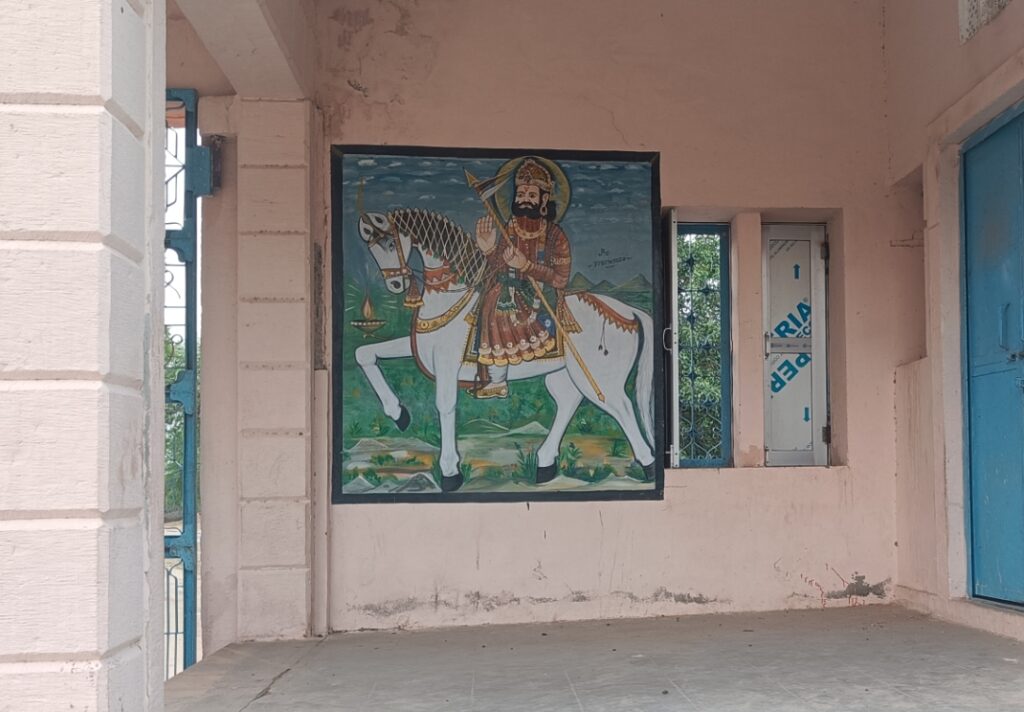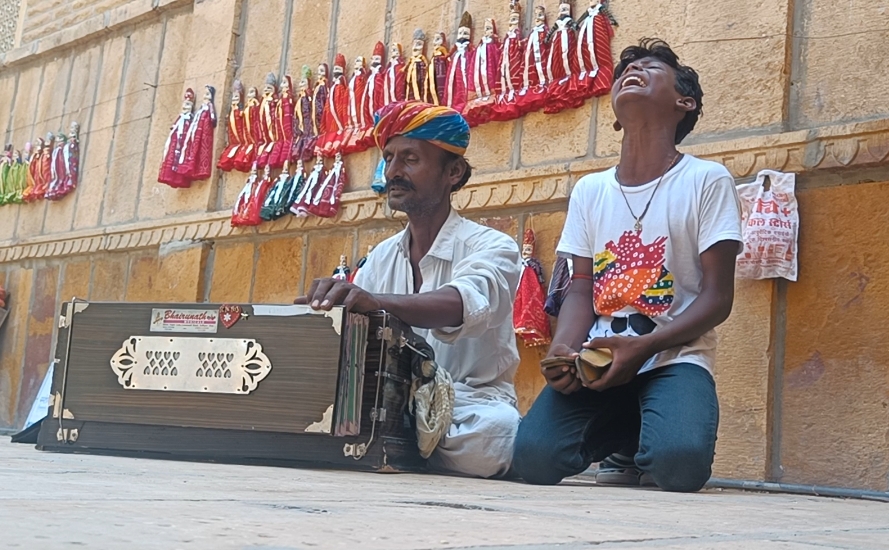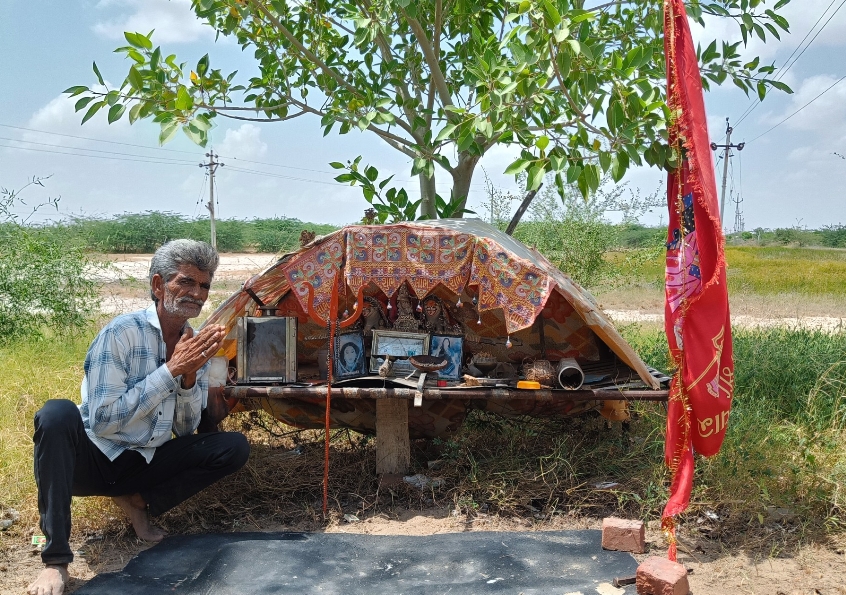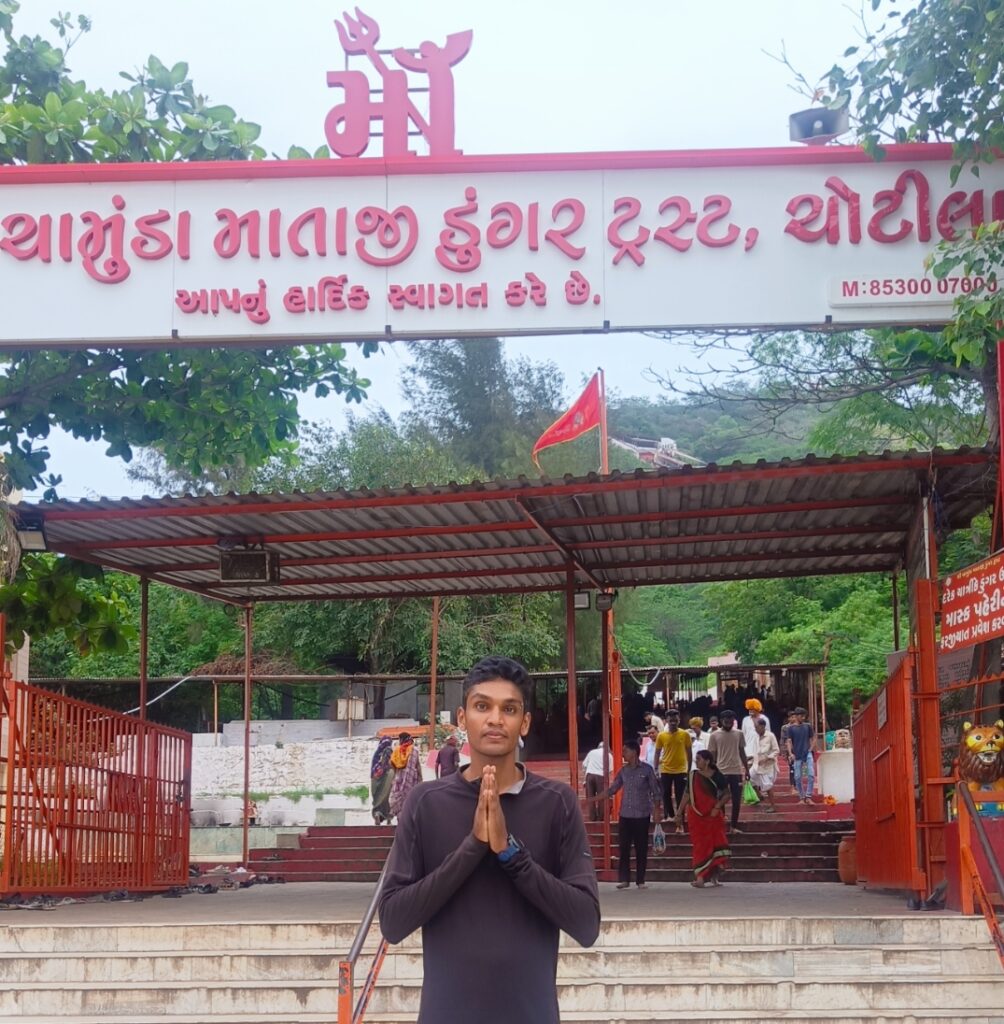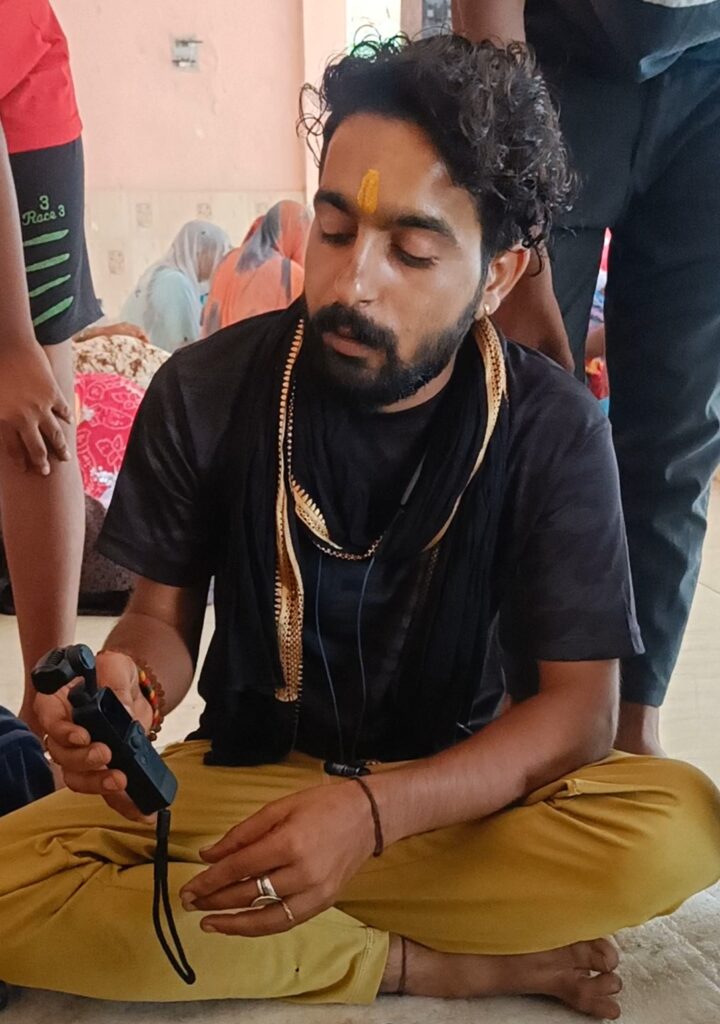What it takes to become a local wall painting artist in a village?
We often encounter intricate paintings adorning the walls of temples and signboards in Indian villages, seemingly printed but crafted by skilled artists. Yet, their artistry often remains overlooked or overshadowed by the primary subjects like temples or shops.
During my extensive cycling journey across India, this intriguing aspect of artistry and its creators became a focal point of my curiosity. I had the pleasure of meeting Shyamlal Bavri, a remarkably talented artist from Bhumbliya village in Rajasthan. While admiring a wall painting in a temple, I couldn’t help but wonder about the gifted individual behind such creations.
Upon learning that there was indeed a talented artist responsible for these remarkable paintings, I extended an invitation to Shyamlal Bavri to visit the temple where I was staying. Our ensuing conversation shed light on the challenges faced by artists in rural areas. Often, due to a lack of mentors and proper guidance, they find themselves reinventing the wheel, seeking to perfect their craft.
Shyamlal shared valuable insights, emphasizing the importance of learning the art itself rather than relying solely on readily available creations. He likened this approach to learning the art of fishing rather than simply being served a meal—an embodiment of the adage that mastering the process is equally if not more important than the outcome. This encounter underscored the rich tapestry of talent and innovation that thrives in the lesser-known corners of our diverse nation.
What it takes to become a local wall painting artist in a village? Read More »
